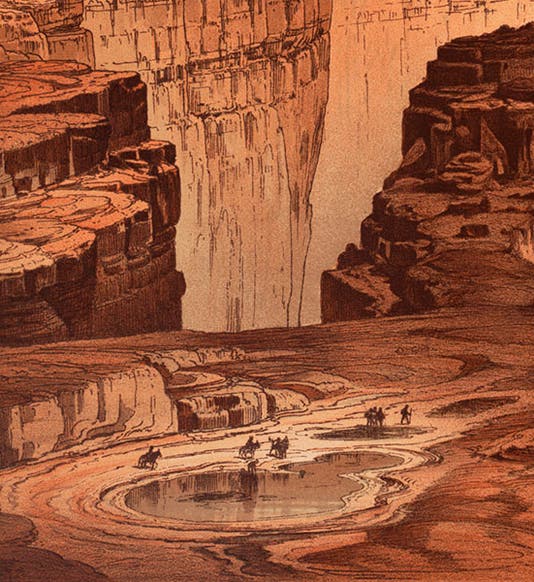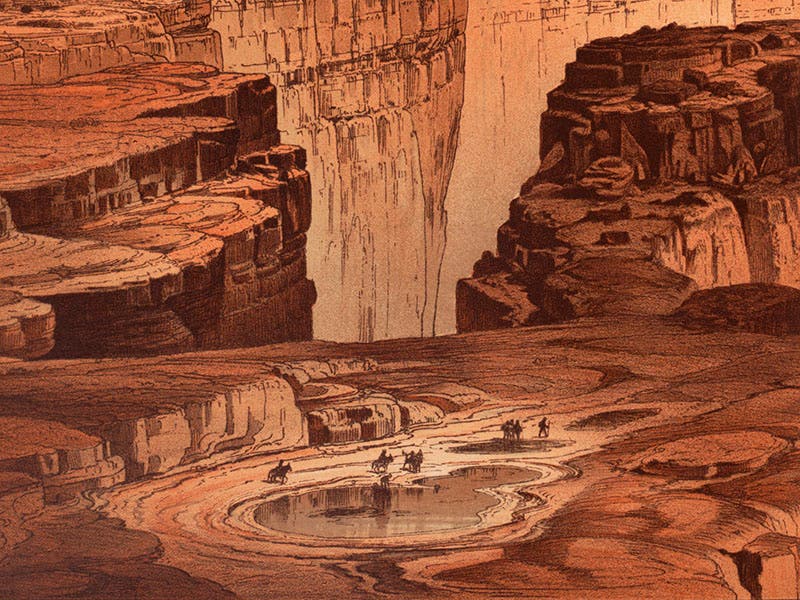Scientist of the Day - Clarence Dutton
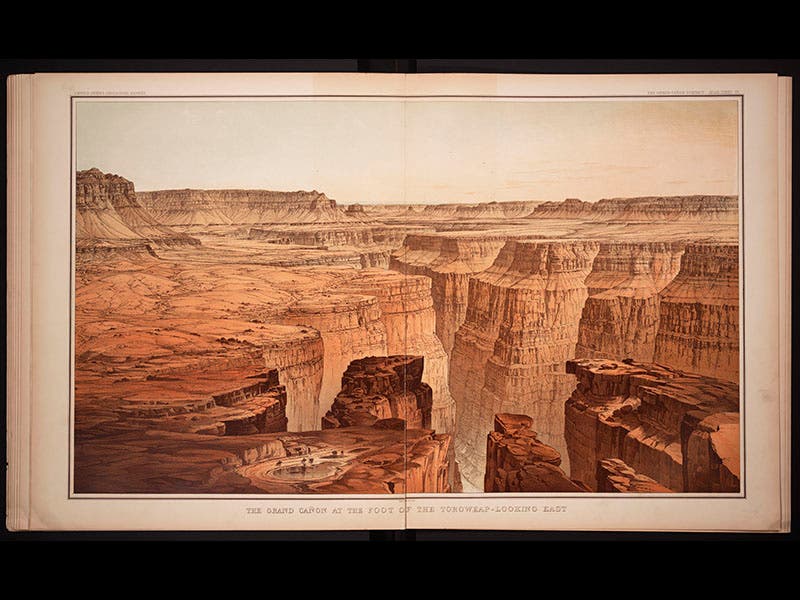
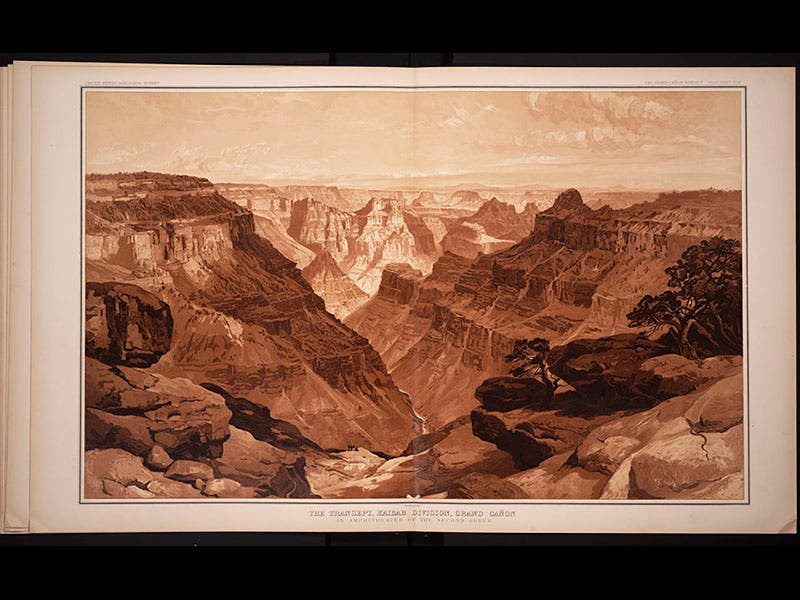
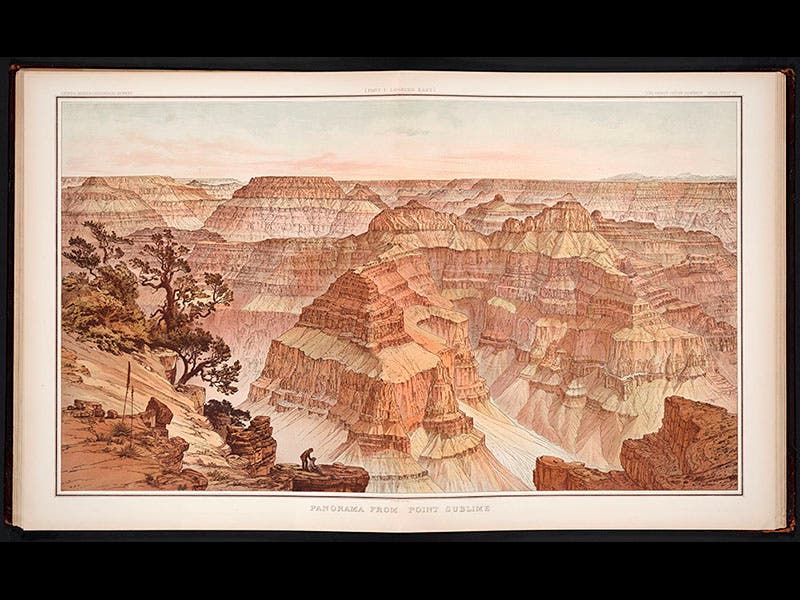

Clarence Dutton, an American geologist, was born May 15, 1841. In 1875, Dutton went to work for John Wesley Powell, the one-armed explorer who had just been the first to navigate the Colorado River through the Grand Canyon. When Powell became director of the new U.S. Geological Survey, Dutton continued as his assistant, his responsibility being to map the Grand Canyon.
In 1882, Dutton published the Tertiary History of the Grand Canyon, which has a strong claim on being the most beautiful book of geology every published. Dutton was blessed with having two incomparable artists in his employ, William Henry Holmes and Thomas Moran, who both produced stunning views of the Canyon. The most famous is probably the Panorama from Point Sublime by Holmes, which occupies three large folding folio sheets in the Atlas. We display one of these above (fourth image). We featured artist Holmes as our Scientist of the Day on Dec. 4, 2014, and for that occasion we reproduced all three Panorama plates plus a detail showing Dutton looking over Holmes’ shoulder, which we also include above (fifth image).
Today, we show two more plates from the Atlas (second and third images), plus a detail from one of these (first image), allowing you to appreciate Holmes’ line work, as well as the tremendous scale of these panoramic views. We displayed this work in our 2004 exhibition, Science Goes West, which is not yet available online.
Dr. William B. Ashworth, Jr., Consultant for the History of Science, Linda Hall Library and Associate Professor, Department of History, University of Missouri-Kansas City. Comments or corrections are welcome; please direct to ashworthw@umkc.edu.

